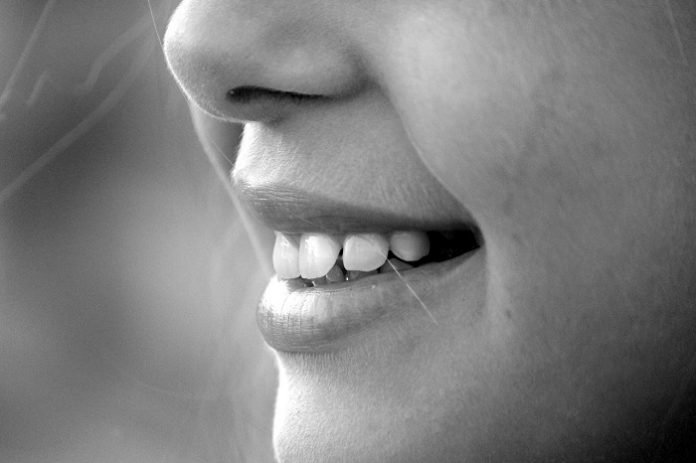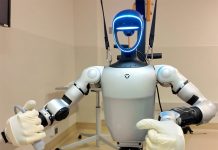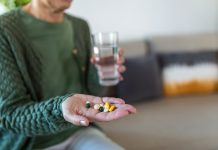
In a recent study, researchers have developed a new material to help cure cavities and rebuild teeth.
Previous research has shown that tooth decay is relatively harmless at early stages, but it can lead to tooth loss when the cavity progresses through the tooth’s enamel.
According to the World Health Organization, dental cavities can affect nearly every age group.
The disease can lead to many health conditions, including possibly life-threatening diseases.
In addition, the direct and indirect costs of treating dental cavities and related diseases are expensive for people and health care systems.
The best way to prevent tooth decay is by having good oral hygiene. For example, brushing and flossing can effectively reduce the impact of cavities for many people.
In the current study, the team developed a new material that use proteins to rebuild tooth enamel and treat dental cavities.
The new biogenic dental products can rebuild teeth and cure cavities without expensive and uncomfortable treatments.
The team was inspired by the body’s own natural tooth-forming proteins.
They designed peptides that were derived from amelogenin to restore the enamel’s mineral structure. Amelogenin is a protein crucial to forming hard crown enamel.
The new product allows the deposition of 10 to 50 micrometers of new enamel on the teeth after each use.
It will allow people to rebuild and strengthen tooth enamel on a daily basis as part of a preventive dental care routine. It is also safe for use by adults and children.
The researchers suggest that once fully developed, the product will be available in biomimetic toothpaste, gels, solutions, and composites.
People can use it at both public health facilities and in private homes.
The authors of the study are Fong, a research scientist in the department of materials science and engineering, and Greg Huang, professor and chair of orthodontics in the School of Dentistry.
The study is published in ACS Biomaterials Science and Engineering.
Copyright © 2019 Knowridge Science Report. All rights reserved.



